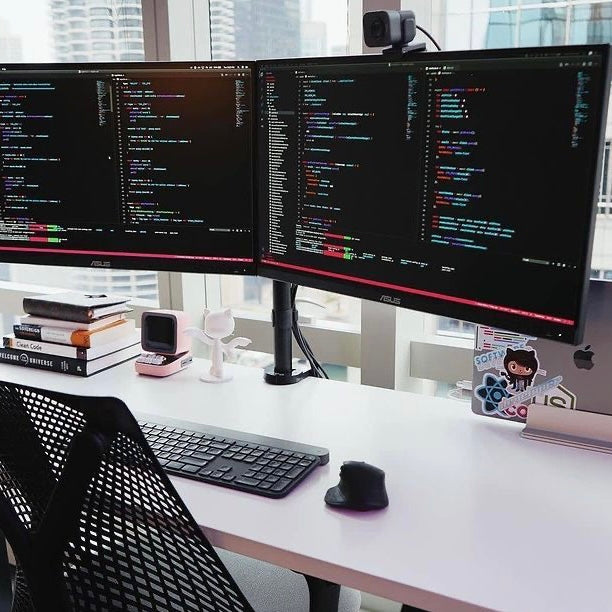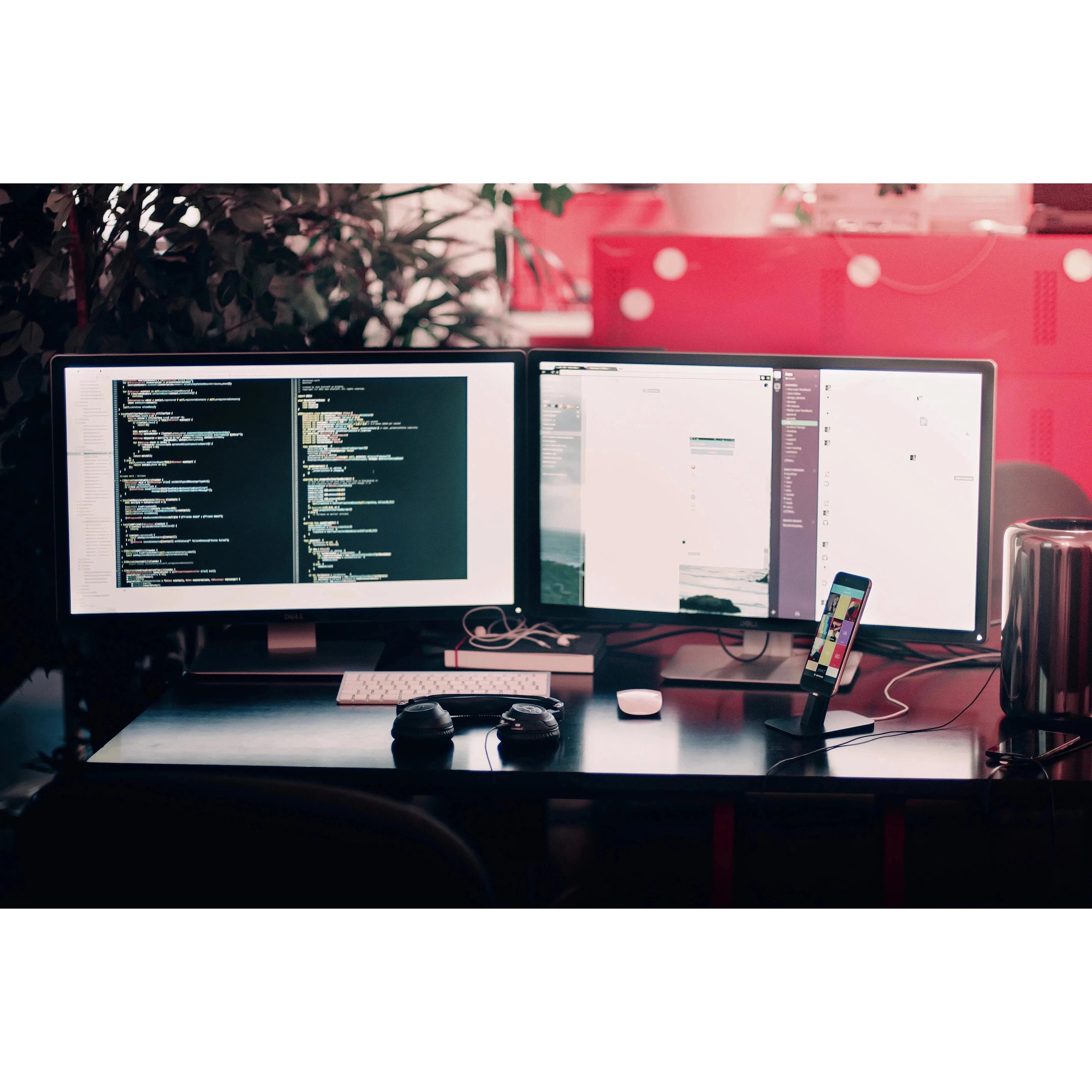Mastering Multi-Display Management: Strategies for Effective Content Handling

In today’s digital age, utilizing multiple displays for business, educational, or entertainment purposes has become increasingly common. Whether it's in a control room, a classroom, a retail setting, or a home theater, managing content effectively across multiple screens can enhance engagement, improve information dissemination, and create dynamic visual experiences. However, orchestrating content across several displays can be challenging. Here’s a guide on how to efficiently manage content on multiple displays.
1. Understand Your Display Setup
Assessing Your Needs
- Determine the number of screens you need based on the space and the audience size.
- Consider the types of content (videos, images, text, live feeds) you’ll display.
Choosing the Right Hardware
- Ensure your source device (computer, media player) can support multiple displays.
- Use high-quality cables and connectors to maintain signal integrity.
2. Selecting the Right Software for Content Management
Digital Signage Software
- For commercial settings, digital signage software can schedule and manage content across multiple screens.
- Features like content scheduling, real-time updates, and interactive functionalities can be crucial for dynamic display management.
Video Wall Controllers
- In control room scenarios, video wall controllers allow for real-time management of content from various sources onto multiple screens.
Multi-Display Desktop Software
- For office or home setups, multi-display software can help extend your desktop, allowing you to drag and manage windows across several screens seamlessly.
3. Content Synchronization
Seamless Integration
- Ensure that the content is synchronized across displays for a cohesive experience. This is especially important in advertising or artistic installations.
Interactive Content
- In educational or business presentations, interactive content can be spread across multiple screens to engage the audience effectively.
4. Creative Content Layouts
Designing for Impact
- Craft your content layouts creatively. For instance, in a retail setting, a combination of static and dynamic content across screens can attract more customer engagement.
Consistency in Design
- Maintain a consistent design theme across all displays for a professional and cohesive appearance.
5. Testing and Regular Maintenance
Pre-Event Testing
- Always test your setup before the actual event to ensure everything runs smoothly.
- Check for any lags, synchronization issues, or glitches.
Ongoing Maintenance
- Regularly update your software and troubleshoot any hardware issues to ensure long-term efficiency.
6. Training and Support
Staff Training
- Train your staff on the software and hardware being used. Effective management often requires a good understanding of the system.
Technical Support
- Have a technical support system in place for troubleshooting complex issues, especially in large-scale setups.
7. Monitoring and Analytics
Real-Time Monitoring
- For complex setups, real-time monitoring can help in quickly addressing any issues that arise.
Utilize Analytics
- Analyze engagement and effectiveness, especially in commercial settings, to continually optimize content strategies.
Conclusion
Managing content across multiple displays doesn't have to be overwhelming. With the right combination of hardware, software, and creative strategy, you can create a compelling and engaging multi-display setup. Remember, the key to successful multi-display management lies in thorough planning, consistent design, regular maintenance, and staying abreast of the latest technologies. Whether for information, entertainment, or advertising, mastering multi-display content management can significantly amplify your message and impact.







